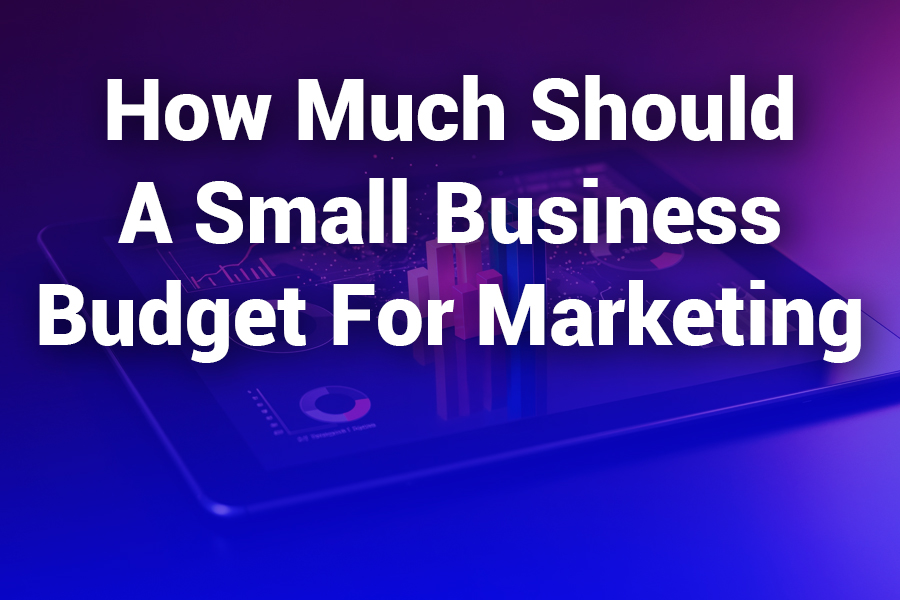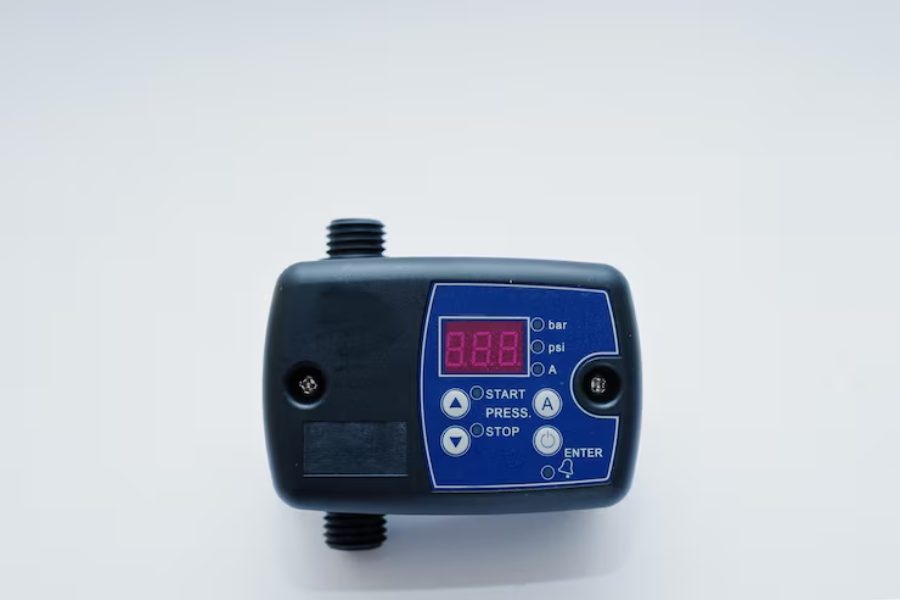- Home
- Our Services
- PedroVazPaulo Coaching
- PedroVazPaulo Executive Coaching
- PedroVazPaulo Marketing Consulting
- PedroVazPaulo Entrepreneur
- PedroVazPaulo Real Estate Investment
- Pedro Paulo Business Consultant
- PedroVazPaulo Wealth Investment
- PedroVazPaulo Business Consultant
- PedroVazPaulo Operations Consulting
- PedroVazPaulo Strategy Consulting
- Blog
- About
- Contact

Every small business wants more customers, visibility, and growth — but the key question is: how much should a small business budget for marketing?
It’s a critical decision. Spend too little, and you’ll struggle to gain traction. Spend too much without strategy, and you risk wasting money. In this blog, we’ll help you break down what an ideal marketing budget looks like for a small business and how to allocate it wisely.
1. Understanding the Role of Marketing in Small Business Growth
Marketing isn’t just about ads and social media. It’s the engine that:
- Attracts potential customers
- Builds brand awareness
- Nurtures trust
- Converts leads into sales
- Drives repeat business
Without a consistent marketing plan — backed by a realistic budget — most small businesses find it difficult to grow sustainably.
2. How Much Should a Small Business Budget for Marketing?
The Standard Rule of Thumb
According to the U.S. Small Business Administration (SBA) and industry experts:
- New businesses: 10–20% of projected gross revenue
- Established businesses: 5–10% of gross revenue
Example:
If your business brings in $150,000/year:
- A new business should budget around $15,000–$30,000/year
- An established business might allocate $7,500–$15,000/year
Factors That Influence Marketing Budgets
There’s no one-size-fits-all number. Your ideal budget depends on several variables:
- Business Stage – Startups need more exposure; mature businesses might focus on retention.
- Industry – Highly competitive sectors (like tech or law) need bigger marketing investments.
- Revenue Goals – Aggressive growth requires higher ad spend.
- Location – A business in New York City may need a different budget than one in a small town.
- Target Audience – B2C often requires more mass marketing than B2B.
3. Where Should That Marketing Budget Go?
Once you know how much to allocate, the next question is how to spend it. Here’s a suggested breakdown:
Marketing Budget Breakdown Example:
| Category | % of Budget |
|---|---|
| Digital Advertising (Facebook, Google) | 25–40% |
| Content Marketing (Blogs, SEO, Video) | 15–25% |
| Social Media Management | 10–15% |
| Email Marketing | 5–10% |
| Website Maintenance/Hosting | 5–10% |
| Branding/Design (logos, visuals) | 5–10% |
| Tools & Software (CRM, analytics) | 5–10% |
| Events or Print Marketing | 0–5% |
| Testing & Experimentation | 5–10% |
4. Marketing Budget by Business Type
a. Local Retail Stores
- Primary focus: local ads, Google My Business, flyers
- Suggested budget: 5–8% of revenue
- Prioritize: local SEO, signage, email marketing
b. Service-Based Businesses (Consultants, Plumbers, etc.)
- Focus on: Google Ads, local listings, reputation management
- Suggested budget: 7–12%
- Prioritize: Google Business Profile, referral programs, reviews
c. E-commerce
- Heavy digital advertising needed
- Suggested budget: 10–20%
- Prioritize: Facebook/Instagram ads, email marketing, SEO
d. Online Coaches/Consultants
- Focus on: lead generation funnels and personal branding
- Suggested budget: 10–15%
- Prioritize: landing pages, webinars, email automation
5. Cost Breakdown of Popular Marketing Channels
Let’s break down what specific marketing activities might cost:
Social Media Marketing
- Organic content creation: $500–$2,000/month
- Paid ads: $5–$50/day to start testing
Google Ads
- CPC varies by industry: $1–$10+ per click
- Monthly spend for visibility: $300–$2,000+
SEO Services
- Basic freelance SEO: $300–$1,000/month
- Agency services: $1,000–$5,000/month
- Tools: SEMrush, Ahrefs – $99/month+
Email Marketing
- Mailchimp, ConvertKit, etc.: $29–$99/month
- Freelance copywriter: $100–$500/email sequence
Content Creation
- Blog writing: $100–$300/post
- Video production: $500–$5,000/project
- Graphic design: $100–$500/project
6. How to Set a Realistic Marketing Budget
Step-by-Step Guide:
- Know Your Revenue
Start with annual or monthly gross income. - Decide on a Percentage
New = 10–20%, Established = 5–10% - List Your Marketing Goals
Awareness, leads, conversions, retention? - Choose Your Channels
Based on audience behavior and budget - Estimate Cost per Channel
Research typical costs and tools - Build In Flexibility
Leave room to test new strategies
7. Budgeting Tips for Small Business Owners
✅ Do:
- Start small and scale with results
- Track ROI and performance monthly
- Reinvest profits into what’s working
- Automate repetitive tasks (email, posts)
- Stay up-to-date with marketing trends
❌ Don’t:
- Spend everything on one campaign
- Ignore customer feedback
- Chase trends that don’t serve your audience
- Forget about retention marketing
8. When to Increase (or Decrease) Your Budget
Increase When:
- You’re entering new markets
- Launching a new product
- Your ROI is growing
- You’re missing growth goals
Decrease When:
- Campaigns aren’t converting
- You’re trying to reduce overhead
- You’re shifting to organic content strategies
9. Alternatives to Big Budgets: Low-Cost Marketing Options
If your budget is limited, here are some cost-effective ideas:
- Start a blog and post weekly
- Leverage partnerships for referrals
- Use free tools (Canva, Buffer, Google Analytics)
- Host free webinars or live Q&As
- Engage in niche Facebook groups or communities
- Ask for customer reviews and user-generated content
10. Case Studies: How Small Businesses Budget Successfully
Case 1: Boutique Digital Agency
- Revenue: $200k/year
- Marketing Budget: $20k
- Channels: SEO, PPC, YouTube
- Result: 3x lead generation in 9 months
Case 2: Local Landscaping Service
- Revenue: $80k/year
- Marketing Budget: $6,000/year
- Channels: Facebook Ads, Flyers, Google Maps
- Result: Increased leads by 70% in one season
Case 3: Online Jewelry Store
- Revenue: $120k/year
- Marketing Budget: $15k
- Channels: Influencer marketing, Instagram Ads
- Result: Doubled store traffic in 6 months
Conclusion: Spend Smart, Not Just Big
So, how much should a small business budget for marketing? The answer lies in your goals, industry, and willingness to test and adapt.
A smart budget isn’t about spending more — it’s about spending with strategy.
Start where you are. Focus on what works. Track everything. And remember — marketing is an investment, not a cost.
FAQs: How Much Should a Small Business Budget for Marketing?
Q1: What is a good starting budget for a small business?
Start with 7–10% of your projected annual revenue.
Q2: Should I invest more in digital or traditional marketing?
Digital marketing offers better tracking, scalability, and cost-efficiency for most small businesses.
Q3: What if I can’t afford a big budget?
Use free/low-cost strategies like content marketing, SEO, email, and local networking to get started.
Q4: Can I DIY my marketing?
Yes, especially early on. Use free tools and learn from online resources — but outsource as you grow.
Q5: How often should I review my marketing budget?
At least quarterly. Adjust based on performance and upcoming business goals.






